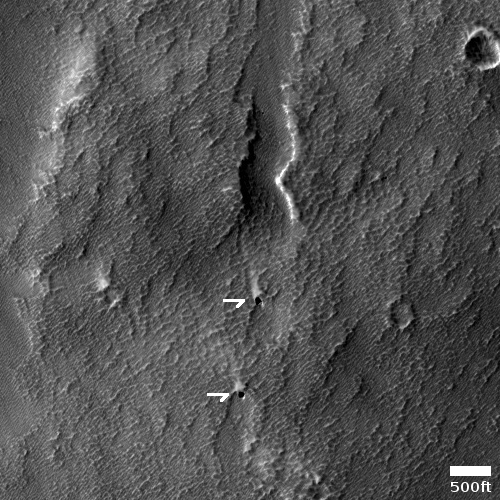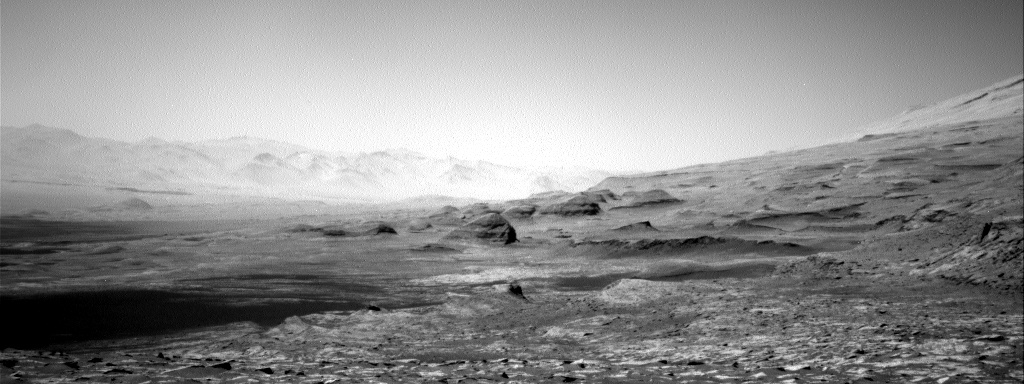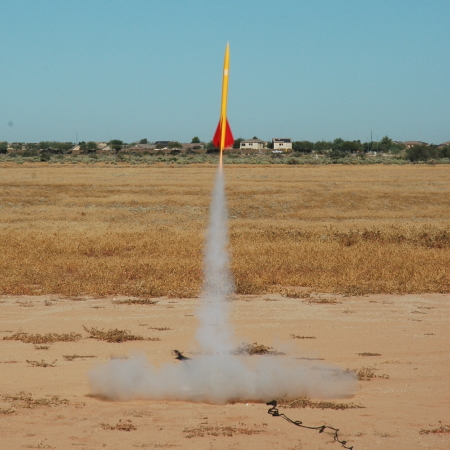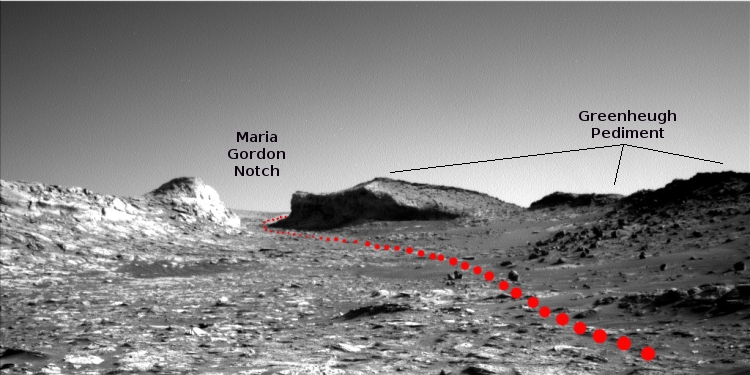Astronomers detect water in the very very early universe
The uncertainty of science: Using the ALMA telescope in Chile, astronomers have detected the molecules of water and carbon monoxide in a galaxy thought to have formed only 780 million years after the Big Bang.
SPT0311-58 is actually made up of two galaxies and was first seen by ALMA scientists in 2017 at its location, or time, in the Epoch of Reionization. This epoch occurred at a time when the Universe was just 780 million years old—roughly 5-percent of its current age—and the first stars and galaxies were being born. Scientists believe that the two galaxies may be merging, and that their rapid star formation is not only using up their gas, or star-forming fuel but that it may eventually evolve the pair into massive elliptical galaxies like those seen in the Local Universe.
“Using high-resolution ALMA observations of molecular gas in the pair of galaxies known collectively as SPT0311-58 we detected both water and carbon monoxide molecules in the larger of the two galaxies. Oxygen and carbon, in particular, are first-generation elements, and in the molecular forms of carbon monoxide and water, they are critical to life as we know it,” said Sreevani Jarugula, an astronomer at the University of Illinois and the principal investigator on the new research. “This galaxy is the most massive galaxy currently known at high redshift, or the time when the Universe was still very young. It has more gas and dust compared to other galaxies in the early Universe, which gives us plenty of potential opportunities to observe abundant molecules and to better understand how these life-creating elements impacted the development of the early Universe.”
Need I say that there are many uncertainties with this result, including the assumption that the universe is only 780 million years old at location of this galaxy. That age is extrapolated from the galaxy’s red shift, a link that depends on some uncertain assumptions. Moreover, the discovery of these molecules so soon after the theorized Big Bang is unexpected. Cosmologists had assumed that at this early age the universe wasn’t old enough yet to form galaxies with such complex molecules.
The uncertainty of science: Using the ALMA telescope in Chile, astronomers have detected the molecules of water and carbon monoxide in a galaxy thought to have formed only 780 million years after the Big Bang.
SPT0311-58 is actually made up of two galaxies and was first seen by ALMA scientists in 2017 at its location, or time, in the Epoch of Reionization. This epoch occurred at a time when the Universe was just 780 million years old—roughly 5-percent of its current age—and the first stars and galaxies were being born. Scientists believe that the two galaxies may be merging, and that their rapid star formation is not only using up their gas, or star-forming fuel but that it may eventually evolve the pair into massive elliptical galaxies like those seen in the Local Universe.
“Using high-resolution ALMA observations of molecular gas in the pair of galaxies known collectively as SPT0311-58 we detected both water and carbon monoxide molecules in the larger of the two galaxies. Oxygen and carbon, in particular, are first-generation elements, and in the molecular forms of carbon monoxide and water, they are critical to life as we know it,” said Sreevani Jarugula, an astronomer at the University of Illinois and the principal investigator on the new research. “This galaxy is the most massive galaxy currently known at high redshift, or the time when the Universe was still very young. It has more gas and dust compared to other galaxies in the early Universe, which gives us plenty of potential opportunities to observe abundant molecules and to better understand how these life-creating elements impacted the development of the early Universe.”
Need I say that there are many uncertainties with this result, including the assumption that the universe is only 780 million years old at location of this galaxy. That age is extrapolated from the galaxy’s red shift, a link that depends on some uncertain assumptions. Moreover, the discovery of these molecules so soon after the theorized Big Bang is unexpected. Cosmologists had assumed that at this early age the universe wasn’t old enough yet to form galaxies with such complex molecules.









